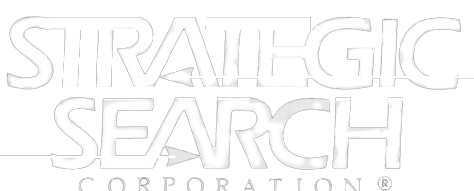Though the unemployment rate dropped by .3% to 7.8%, which marked the first time in 3 ½ years it dipped below 8%, a lot more needs to be done. For example, if you total: a) Unemployed (12.1 million) b) those involuntarily working part-time (8.6 million) and c) those who have just given up looking (2.5 million), the aggregate figure actually rose from 23.1 last month to 23.2 million Americans this month! Fortunately, there is a three-pronged approach to increase job seeker’s probability of success:
- Developing a quantitatively laced resume.
- Selectively using recruiters
- Networking, which is the most important of the three!
Let’s take these from least important to most important. First, having a resume is a necessary evil. Most hiring managers (especially human resources) require it. Therefore, you need to mold your resume into a quantitative one. Please go to http://www.strategicsearch.com/interview-preparation-tips/interview-preparation-tips.php and review my 1st Commandment of Interviewing. The key is seeding your resume with numbers (e.g. % improvements or dollar savings to employers).
The Second prong is the selection and use of recruiters. I recommend using both recruiters who place full time and temporary positions. Access both: a) The Directory of Executive and Professional Recruiters for full time and b) the website http://www.americanstaffing.net/jobseekers/find_company.cfm for temporary agencies. There is no magical formula to selecting recruiters. Instead, develop a list of questions to ask, contact them and select a few that you feel meet your needs. However, DO NOT RELY UPON ANY RECRUITERS! Some may provide some assistance, but the primary way to land a good job is through networking.
Finally, the third and most important of my recommendations is networking. There are two types of networking: a) the old fashioned form of meeting people and b) e-networking. Please refer to my 2nd and 3rd Commandments of Interviewing for more information. However, one of the cornerstones of any networking approach is developing and applying a 20-30 second elevator pitch. During this pitch you want to quickly convey three things:
- Who you are?
- What you are looking for (be specific)?
- Your 2-3 greatest strengths.
Practice pitching this information aloud into either: a) a tape recorder or b) the mirror at least 50 times until you feel it is very concise, “rolls off your tongue” and conveys everything you wish to convey very powerfully. Also, time yourself with a stopwatch until you can complete it in no longer than 30 seconds!
Once you have a pitch finalized that you feel comfortable with, you want to use it on everyone you know and meet. Also, use the written version of this pitch on social media sites like LinkedIn. Join appropriate business groups and meet people. When you meet someone new, don’t forget to share your 30-second elevator pitch because you don’t know who might know about your next job.
This is a very tedious process that requires a lot of diligence, but there is no secret to landing a job especially in this terrible jobs market. You have to be work harder than everyone else since there are so many people now out of work! Finally, remember that networking is your most important tool. As part of that you need to develop a very strong, 30-second elevator pitch.



